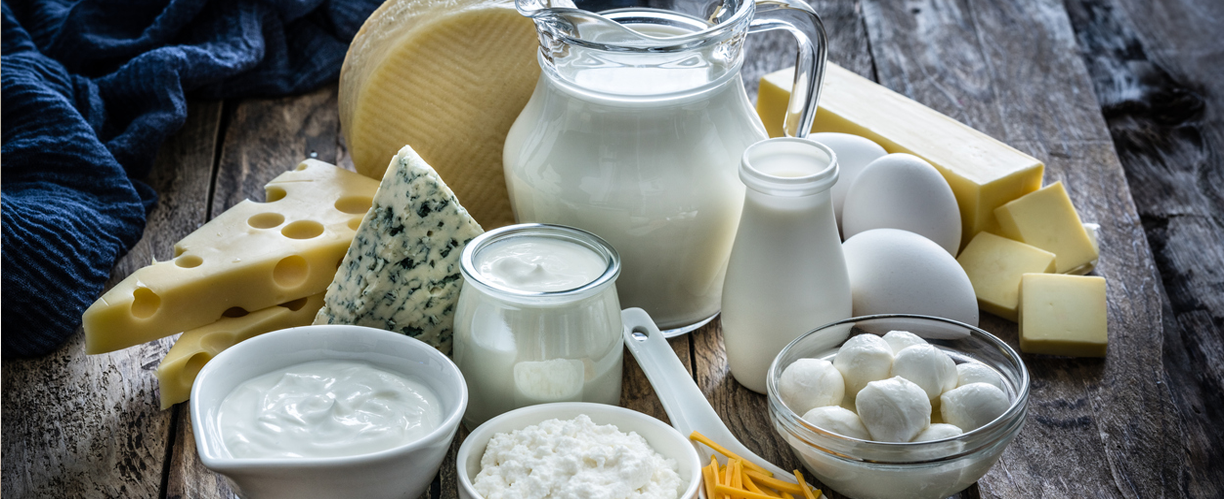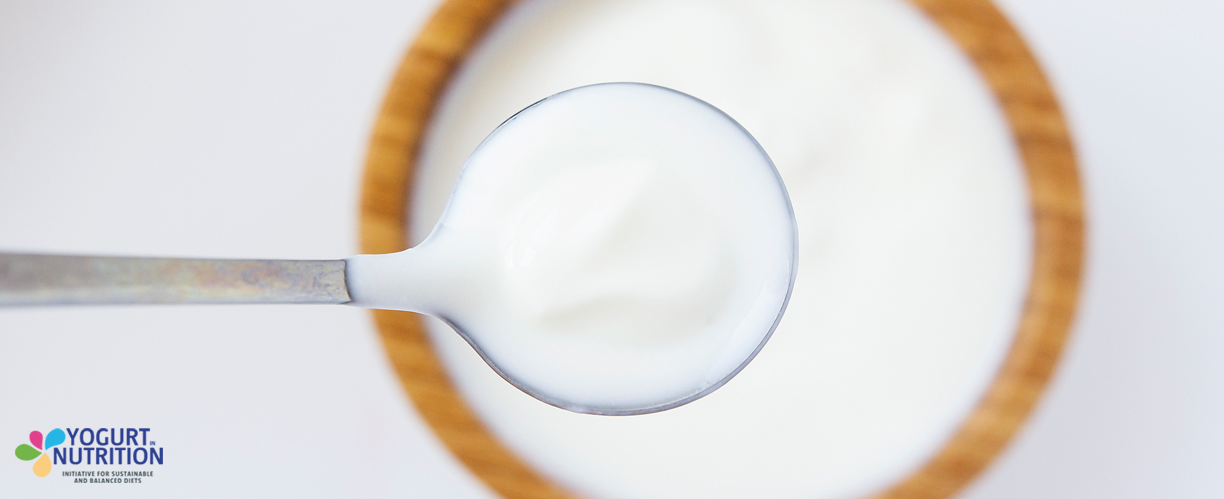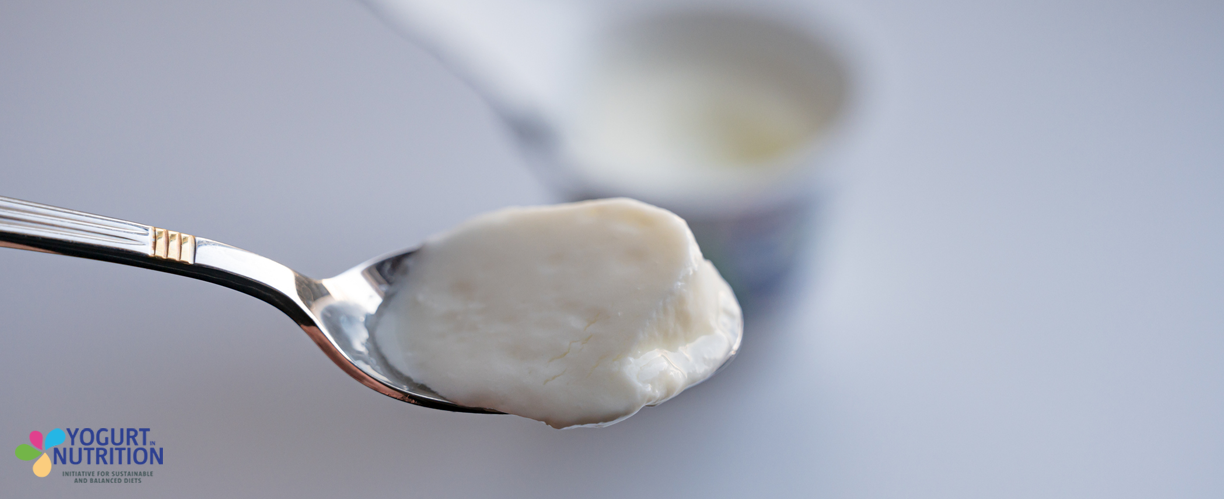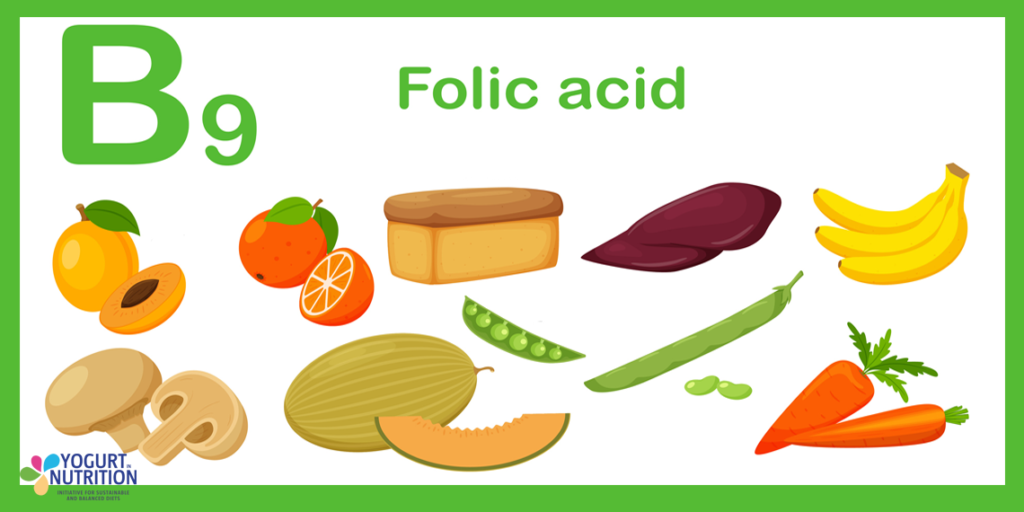As more people move toward plant-based diets in response to environmental concerns, experts warn that substituting dairy with plant proteins may come at a nutritional cost.
Protein transition involves gradually replacing traditional sources of protein, like meat and dairy, with plant-based alternatives. While this trend supports sustainability, latest research suggests it may come with unintended consequences – especially if dairy is completely removed from our diets.
A recent review by a team of nutrition experts from the UK and Ireland highlights why dairy foods still play an essential role in our diets, even amid rising enthusiasm for plant-based proteins (1).
What is the dairy food matrix?
When we eat different foods, we’re not just consuming a mixture of nutrients in isolation. Interactions between nutrients within the micro- and macro-structure of individual foods will influence their effects on our bodies.
- The food matrix is the overall structure of a food, including the structures within it, spatial organisation of its nutrients and how these interact with each other (2).
- Several studies have demonstrated food matrix effects across all food groups. In particular, evidence demonstrates that some health effects of the dairy food matrix are greater than the sum of its parts (3).
- For example, dairy food matrix effects include the moderation of blood lipid levels, which may contribute to cardiovascular risk-reducing effects which are not fully explained by single components of dairy foods (4).
For more information, see Dairy matrix: it’s not just about nutrients.
Some protein sources are better than others for muscle health
When considering protein transition from the perspective of muscle health, dairy proteins such as those found in milk, yogurt, and cheese are rich in essential amino acids – building blocks that the human body cannot produce on its own.
- Overall, animal proteins have a higher quality than those from plants, and there is substantial variability between plant protein sources
In contrast, many plant proteins fall short in one or more of these key nutrients. As a result, simply swapping dairy for plant-based protein sources can reduce the overall quality of protein in the diet.
- Plant proteins have lower digestibility scores and are deficient in at least one essential amino acid relative to animal proteins, including dairy (5).
To make up for this, nutrition experts suggest either increasing total protein intake from plants or adding specific amino acids (such as leucine) to plant-based foods. However, they note that even this may not match the wider nutritional benefits provided by dairy foods.
The dairy matrix can influence protein synthesis and muscle health
Emerging evidence suggests that nutritional factors beyond the protein quantity of different food sources may also affect muscle protein synthesis after eating and so impact on muscle health:
- The interaction of nutrients within whole foods can stimulate muscle protein synthesis after eating to a greater extent than each respective nutrient in isolation (6).
- Within the dairy food matrix, nutrient–nutrient interactions between proteins and lipids, vitamins and minerals can help regulate muscle protein metabolism (6).
- Interactions between proteins and non-nutrient dairy matrix components – such as exosomes and bioactive peptides – can also affect protein digestion and amino acid absorption (7).
The dairy matrix provides a high bioavailability of nutrients
Dairy foods offer more than just high-quality protein – they also provide essential micronutrients and unique bioactive compounds that support nutrient absorption. Because the nutrients in dairy are more bioavailable – meaning the body can absorb and use them more effectively – it is difficult to fully replicate their benefits through plant-based foods alone.
- Dairy foods are rich in micronutrients like calcium, magnesium, iodine and vitamin B12, which are important for bone health, thyroid metabolism and anaemia. Intake of these nutrients is most likely to be limited if dairy foods are replaced with plant-based alternatives.
- The dairy matrix enhances bioavailability calcium, magnesium and phosphorus via the digestion of protein-based casein micelle particles (8).
- On the other hand, phytate in some plant-based foods can limit the absorption of calcium and other nutrients, including iron and zinc (8).
Experts recommend a balanced approach to protein transition
The nutrition experts call for the consideration of different food matrices to ensure that protein transition is both environmentally and nutritionally sustainable. A complete food system transformation, they argue, should not simply pit plants against animal-based foods but instead recognize their complementary benefits.
As we aim for a more sustainable food future, dairy can still have a place at the table. Its unique matrix of nutrients and bioactive components offers health benefits that are difficult to replicate through plant sources alone. For people navigating the protein transition, a well-rounded, evidence-based approach that values both plant and animal foods may be the most nourishing path forward.
“Replacing dairy protein with plant protein is not simple and will lead to lower dietary protein quality and a lower intake of key micronutrients that sit naturally within the dairy matrix. Moreover, it is likely that micronutrients in plant sources will have lower bioavailability. “













